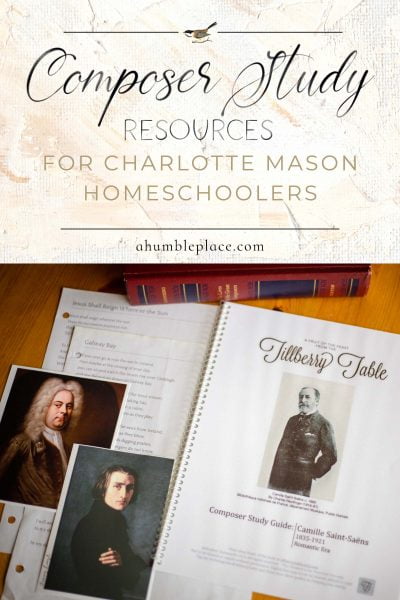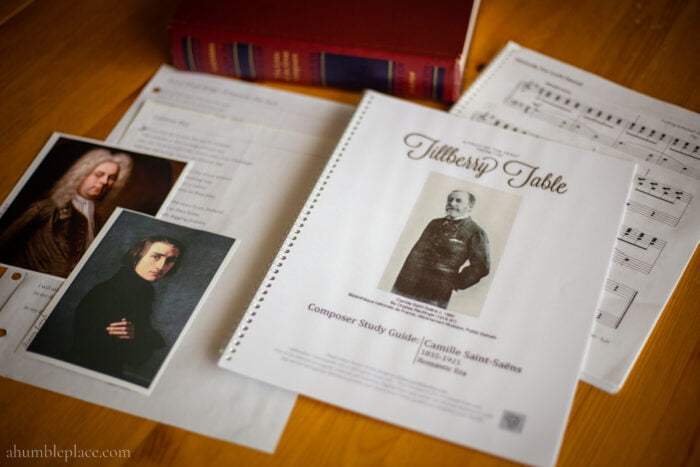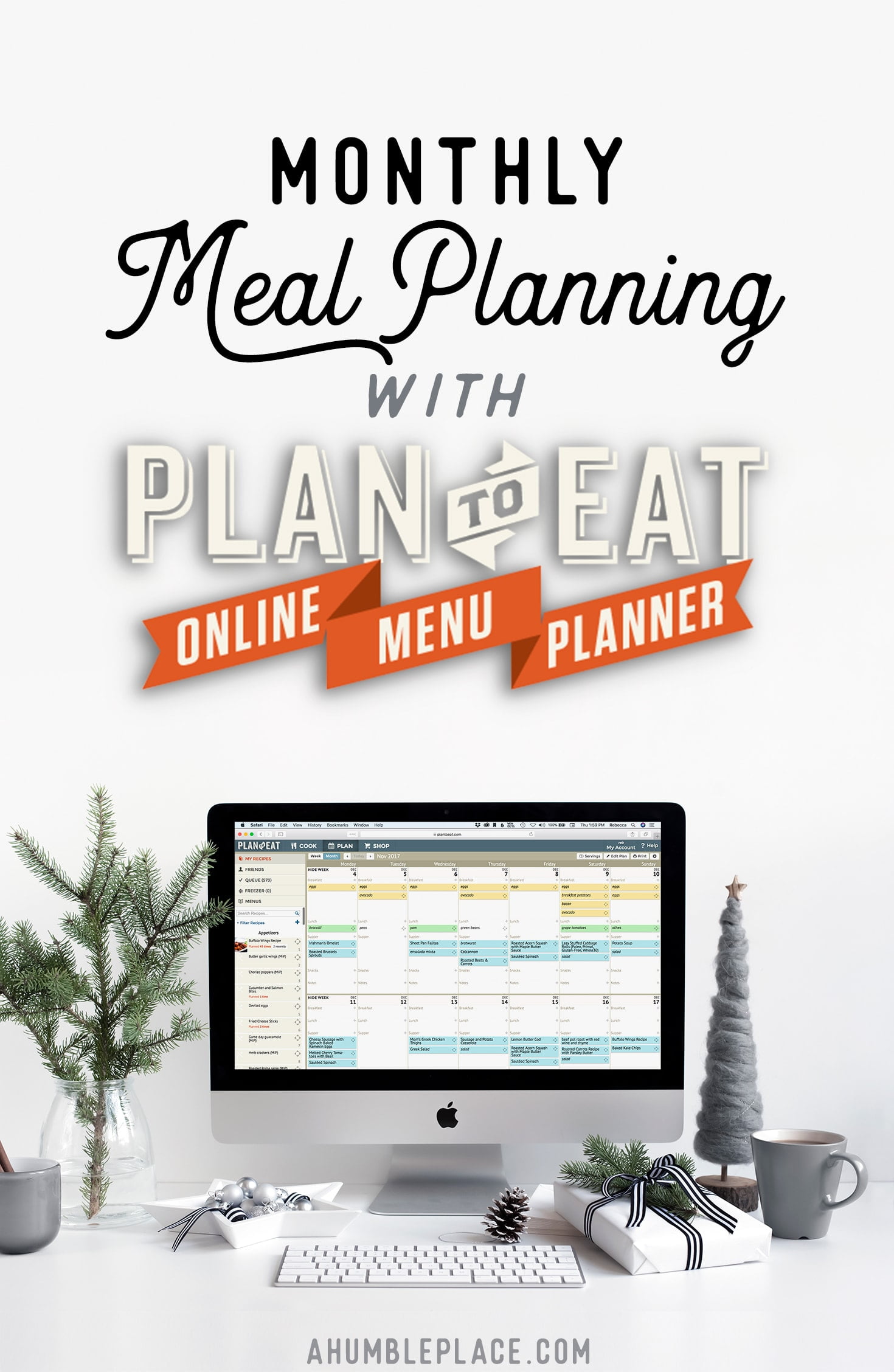My Favorite Charlotte Mason Composer Study Resources

In April, I introduced a series of blog posts I have been going through over the last few months, sharing some of my favorite resources we use in our homeschool using the Charlotte Mason method. These are the ones we’ve tried and have been so helpful in making our days run more smoothly. They have also engaged my kids in whatever subject we’re covering. In some cases, they’re resources that were created by other homeschooling moms or are from reputable homeschooling companies, and sometimes, they’re just different items that have been helpful to us in a specific subject.
These are by no means the only resources out there, and I will offer others in some subjects that I have heard of but haven’t had the chance to try yet, or I have friends who have used them and appreciate them. But the main list will be the resources we’ve used in our homeschool over the last six years that have been so helpful to us.
Today, I’m sharing my favorite resources for composer study!
I have one resource to mention in this category that covers all parts of music study. A Touch of the Infinite: Studies in Music Appreciation with Charlotte Mason is a book I heard about several years ago on the Mason Jar Podcast. In it, Megan Hoyt discusses all aspects of music in a Charlotte Mason education. I have not been able to look at it, but I have heard good things about it, so I wanted to list it here.

Charlotte Mason Composer Study Overview
With Musical Appreciation the case is different; and we cannot do better than quote from an address made by Mrs. Howard Glover at the Ambleside Conference of the Parents’ Union, 1922:––
“Musical Appreciation––which is so much before the eye at the present moment––originated in the P.N.E.U. about twenty-five years ago. At that time I was playing to my little child much of the best music in which I was interested, and Miss Mason happened to hear of what I was doing. She realised that music might give great joy and interest to the life of all, and she felt that just as children in the P.U.S. were given the greatest literature and art, so they should have the greatest music as well. She asked me to write an article In the Review on the result of my observations, and to make a programme of music each term which might be played to the children. From that day to this, at the beginning of every term a programme has appeared; thus began a movement which was to spread far and wide.
“Musical Appreciation, of course, has nothing to do with playing the piano. It used to be thought that ‘learning music’ must mean this, and it was supposed that children who had no talent for playing were unmusical and would not like concerts. But Musical Appreciation had no more to do with playing an instrument than acting had to do with an appreciation of Shakespeare, or painting with enjoyment of pictures. I think that all children should take Musical Appreciation and not only the musical ones, for it has been proved that only three per cent of children are what is called ‘tone-deaf’; and if they are taken at an early age it is astonishing how children who appear to be without ear, develop it and are able to enjoy listening to music with understanding.”
Charlotte Mason (Philosophy of Education)
This Lesson is somewhat more difficult to give in the country home, if there are no musicians in the family. But what a sad home it is for the child when there is no music! A pianola, a gramophone must be bought if possible, or still better, find some neighbour who can play.
About six works by some great composer are chosen for study each term. These compositions are played or sung to the children constantly and studied carefully. The children are taught something about the form, harmonic structure, thematic development of the composition and some information is given about the life of the composer. An article appears every term in the Parents’ Review on the composer and his works, which is a great help to the teacher or parent who is giving the musical appreciation lessons.
Boys and girls living in London have great opportunities. Concerts are often arranged especially for them, and sometimes professional musicians are engaged to perform the works at some private house where there is a branch of the Parents’ Union School. Children can be taken to the Sunday Concerts at the Queen’s Hall or Albert Hall. It is not necessary for them to stay all through the performance—take them out after the finest composition has been played. But, as I said before about pictures, it is not much use taking them to concerts unless they have some previous idea of what they are going to hear. Familiarity with the work means enjoyment of the finished performance. A musical home is a happy place. Encourage your children to learn instruments so that there may be Chamber Music in the home in after years. Teach them to listen and discriminate between good music and what is inferior: form, in fact, such a love of it that it will be a necessary part of their leisure in after life.
Marjorie F. Ransom (Parents’ Review)
Resources
Articles
Because composer study, as with art in picture study, is about getting to know the music itself, our composer study lessons are very simple, and we’ve kept it this way even as my kids have become older students. We listen to one composer’s music per term over the school year. These composers are usually based on the AmblesideOnline rotation; however, I really appreciate the Tillberry Table guides for our composer study, so if she does not offer the composer scheduled by AO, I might look for a contemporary of that composer whom she does provide and use that person instead. In the past, when we were part of a homeschool co-op, we also tried to match our composer to the time period that we were studying, but I don’t think that’s necessary.
Once per week during our morning time, I include a focused listening time for six specific pieces from our composer (again, from AO or Tillberry Table). If I have access to a short biography (either through the Tillberry Table guides or the books linked above), I might read that or summarize it in a brief life narrative during our first week. I also usually like to print a picture of our composer and artist for the term and hang them in our school area. If there’s a piece that particularly resonates with them, I’ll look for sheet music for that piece, as we also do daily online piano lessons. Of course, great living books are at the heart of Charlotte Mason’s educational philosophy, so I will also look for some of these that I can put in our free reads box. These practices not only expose my children to great classical music, but they also become familiar with that composer’s style. My hope is that it also instills in them a deep love of music.
Tillberry Table offers YouTube playlists with recordings for each artist, or I search for a live recording before the lesson if we’re not using a Tillberry Table guide. Then, I let my kids know the title of the piece we’ll be listening to that day, read the brief introduction, go over any musical terms included in the guide (if I have one), and ask for narrations. Then we watch the YouTube videos together for about five to ten minutes, and that’s it. I’ll add whatever piece we listened to that day to our general school music playlist on Plex (I like to use Freegal to download the MP3s for free) and then have it playing as background music in the afternoon, in the car when we’re driving somewhere, or whenever the opportunity presents itself.
A few of our favorite composers have been Wolfgang Amadeus Mozart, Johann Sebastian Bach, Ludwig van Beethoven, George Gershwin, Camille Saint-Saëns, Claude Debussy, and Gregorian Chants. You don’t have to stick with the famous composers, but it does help to learn about at least a few of them as they will be something your child comes into contact with at some point in their lives.
So these are the composer study resources we use in our homeschool. Again, even though I appreciate music and have my favorite classical composers, I am not enormously musically inclined, but these resources have really helped in our homeschool. What indispensable composer study resources would you add to this list?
In my next post in this series, I’ll share our favorite resources for hymns and folk songs! If you’re not signed up for my newsletter, click here to get a notification when the new post is available!





